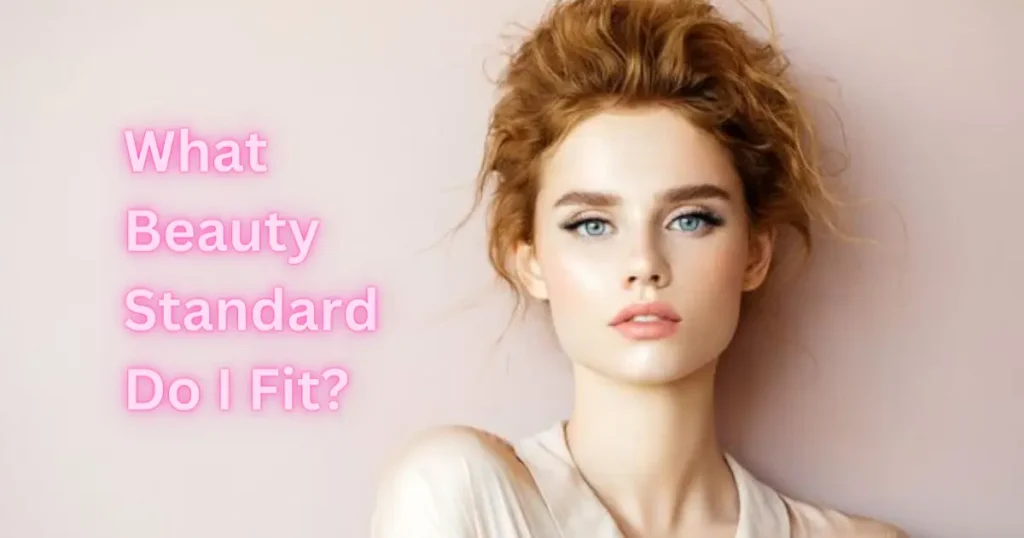Introduction:
In a world that often dictates beauty through diverse lenses, individuals find themselves pondering a crucial question: “What beauty standard do I fit?” This inquiry transcends the superficial and delves into the intricate layers of self-perception and societal expectations. In this exploration, we’ll navigate the landscape of beauty standards, debunking myths, celebrating diversity, and empowering you to embrace your unique beauty.
Defying One-Size-Fits-All Beauty:
1. The Myth of a Singular Standard:
- Contrary to popular belief, beauty isn’t confined to a one-size-fits-all mold.
- Various cultures and historical periods have celebrated diverse features and attributes.
2. Media Influence on Perceptions:
- Media often perpetuates certain beauty ideals, influencing societal norms.
- Recognizing and challenging these influences is crucial for fostering a healthier self-image.
3. Social Media’s Pivotal Role:
- The rise of social media has both amplified and diversified beauty standards.
- Platforms like Instagram and TikTok provide spaces for a multitude of beauty representations.
4. Impact on Mental Health:
- The relentless pursuit of an idealized beauty standard can contribute to mental health challenges.
- Acknowledging the connection between beauty expectations and mental well-being is essential.
Embracing Diversity in Beauty Standards:
1. Cultural Perspectives:
- Different cultures have unique beauty standards rooted in tradition and history.
- Understanding and appreciating these variations contribute to a more inclusive perspective.
2. Changing Trends and Beauty Ideals:
- Beauty standards evolve over time, influenced by fashion, art, and societal shifts.
- Embracing changing ideals promotes acceptance of diverse beauty representations.
3. Globalization and Fusion:
- Globalization has led to a fusion of beauty ideals, creating a more eclectic standard.
- Appreciating beauty beyond geographical boundaries is an evolving and inclusive mindset.
4. Intersectionality:
- Intersectionality recognizes the interconnected nature of beauty standards with other aspects like race, gender, and socioeconomic status.
- Embracing intersectionality dismantles exclusivity and promotes a holistic understanding of beauty.
Self-Reflection and Personal Beauty:
1. Defining Beauty for Yourself:
- Beauty is a subjective concept, allowing individuals to define it for themselves.
- Reflecting on what beauty means to you can reshape your self-perception.
2. Celebrating Your Unique Features:
- Identify and celebrate the unique features that make you distinct.
- Your individuality contributes to a richer tapestry of beauty standards.
3. Mindfulness Practices:
- Incorporating mindfulness practices can enhance self-awareness and appreciation for personal beauty.
- Techniques like meditation and self-affirmations promote a positive self-image.
Navigating External Expectations:
1. Peer and Social Pressures:
- Peer and societal pressures can influence how individuals perceive their own beauty.
- Recognizing external expectations and consciously resisting unrealistic standards is empowering.
2. Media Literacy:
- Developing media literacy skills helps dissect and understand beauty ideals portrayed in media.
- Being discerning about media representations fosters a healthier relationship with self-image.
3. Creating Inclusive Spaces:
- Advocating for inclusive spaces that celebrate diverse beauty standards.
- Engaging in conversations that challenge narrow ideals fosters a more accepting environment.
Shaping Beauty Standards for the Future:
1. Advocacy for Inclusivity:
- Supporting movements advocating for diverse beauty standards contributes to societal change.
- Participating in conversations that challenge narrow ideals fosters a more inclusive beauty landscape.
2. Educating the Next Generation:
- Educating younger generations about diverse beauty standards promotes acceptance.
- Encouraging a mindset that values uniqueness helps break the cycle of unrealistic expectations.
3. Corporate Responsibility:
- Acknowledging the role of industries in shaping beauty standards.
- Encouraging ethical practices and diverse representation within the beauty and fashion industries.
Personal Narratives: What Beauty Means to Individuals:
1. Interviews and Stories:
- Featuring personal interviews and stories that highlight diverse perspectives on beauty.
- Real-life experiences shed light on the richness of individual beauty journeys.
2. Community Engagement:
- Creating platforms for community engagement, where individuals share their beauty stories.
- Building a supportive community that encourages authenticity and self-expression.
The Impact of Body Positivity Movements:
1. Body Positivity as a Catalyst:
- Body positivity movements challenge conventional beauty norms.
- Embracing all body types fosters a culture that celebrates individual beauty.
2. Social Media’s Role:
- Social media platforms provide a platform for diverse beauty representations.
- Engaging with positive content contributes to a more inclusive online beauty community.
3. Mental Health Advocacy:
- Recognizing the connection between body positivity, beauty standards, and mental health.
- Promoting mental health advocacy within body positivity movements.
Conclusion:
In the quest to answer the question, “What beauty standard do I fit?” it becomes evident that the answer is uniquely personal. Beauty is a fluid, subjective concept that transcends societal expectations. By celebrating diversity, reshaping perceptions, and embracing individuality, you can navigate the intricate tapestry of beauty standards with confidence. Remember, your unique features contribute to a world enriched by myriad expressions of beauty. As we collectively challenge and redefine beauty norms, let your journey be one of self-love, acceptance, and empowerment.



